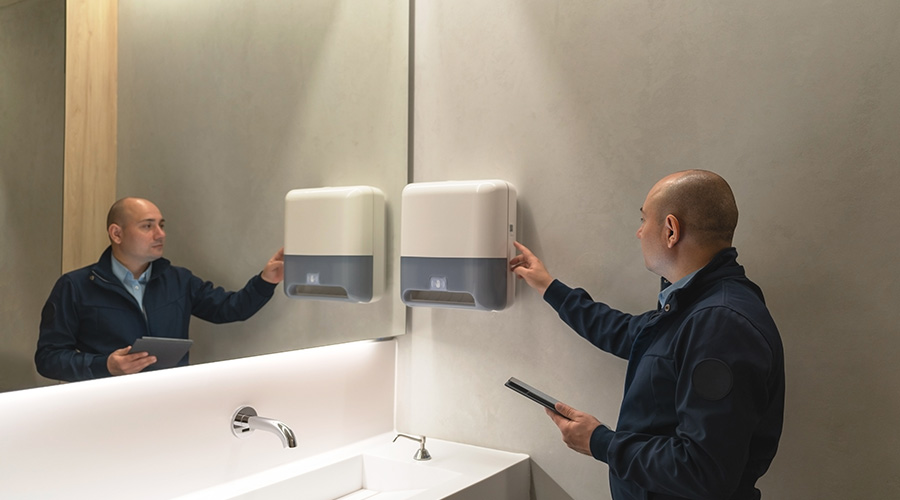Submeters Emerge as Effective Water-Conservation Devices
Water conservation remains a high priority for most maintenance and engineering managers seeking to control utility costs and improve sustainability for institutional and commercial facilities. But to maximize their efforts in this area, managers also might want to look at the connection between water conservation and energy savings, which are related to the need to pump and heat much of the water facilities use.
By looking more closely at water-conservation strategies and energy use related to water distribution and heating, managers develop practical, complementary strategies that will curtail the use of both water and energy.
Water-conservation strategies
An operational audit and submetering are two very effective strategies for conserving water. Managers can undertake operational audits by examining asset records and by checking all fixture specifications. Asset records will reveal which pumps, heaters, and fixtures are the oldest and have experienced the most frequent repairs.
A check of their ages and specifications also can identify the biggest water users by design. Aside from wear and disrepair, some fixtures, simply by their age, are large water consumers. Generally, fixtures that were produced before 1992, when new conservation regulations went into effect, use far more water than those made after 1992.
Submetering is an effective way to determine the combined effect on plumbing systems and components of both age and condition. Most facilities have meters in service entrance lines to measure consumption and calculate the water bill.
More facilities are installing separate meters, called submeters, on major segments of the water-distribution system to measure the consumption of each area, process or user. In this way, managers can uncover water waste, such as leaks and constantly running water, along with major consumers, and they can identify loss sources that otherwise would go undetected.
Related Topics:














